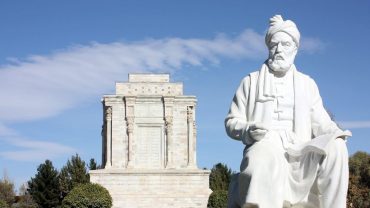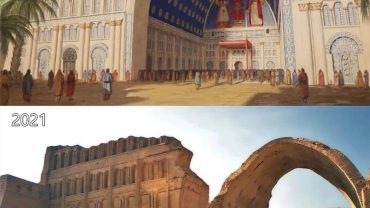- Art & Culture
- 26 Aug 2023
Famous Iranian poet, Abolqasem Ferdowsi and his masterpiece Shahnameh
Famous Iranian poet, Abolqasem Ferdowsi and his masterpiece Shahnameh Biography of Abolghasem Ferdowsi Abolghasem Ferdowsi Toosi is an Iranian epic poet and the composer of the Shahnameh and the greatest Persian-speaking Iranian literate who has a world fame. His nickname is “Abul Qasim” and his surname is “Ferdowsi”. In Iran, May 25th is named […]
- Top Architectural Sites
- 12 Aug 2023
Taq Kasra: The Magnificent Arch of Persian Architecture
Taq Kasra: The Magnificent Arch of Persian Architecture In the heart of ancient Persia, amid the sprawling landscape of what is now Iran, stands a testament to the architectural brilliance of the Persian culture – Taq Kasra. This majestic arch, also known as the Arch of Ctesiphon, has not only survived the test of […]


